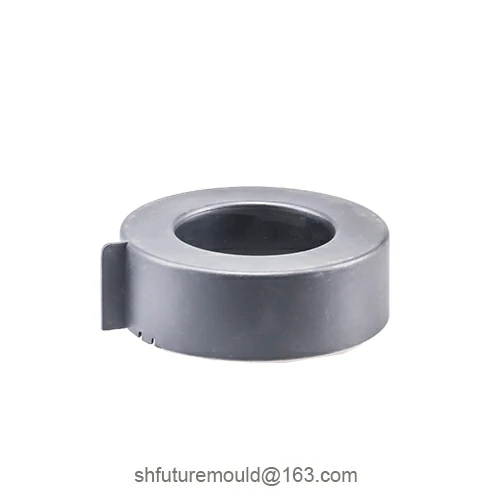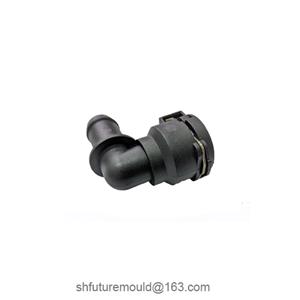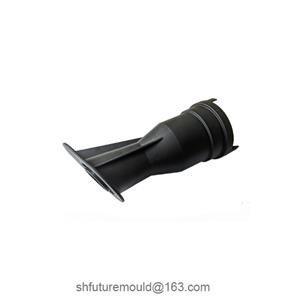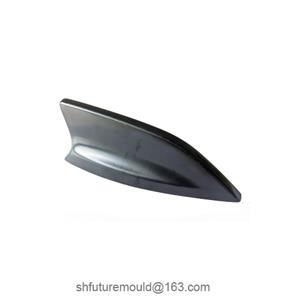Selecting Steel for Long-Life Injection Molds
The selection of steel for long-life injection molds is a critical factor that influences mold performance and service life. Different steels have distinct properties and are suitable for various plastics and processing conditions.
Mold Life Classification:
Level 1: Over 1 million cycles
Level 2: 500,000 to 1 million cycles
Level 3: 300,000 to 500,000 cycles
Level 4: 100,000 to 300,000 cycles
Level 5: Below 100,000 cycles
Molds in Levels 1 and 2 typically require heat-treatable tool steel with a hardness of around 50 HRC. Otherwise, they are prone to wear. Therefore, the selected steel should not only have good heat treatment properties but also excellent machinability at high hardness, among other considerations.
Common Steels for Long-Life Injection Molds:
Prehardened Steel: Such as DC53, offers high hardness and eliminates the need for heat treatment. It is suitable for mirror-polished molds.
High-Alloy Cold Work Tool Steel: Including S136, 2316, and 420, these steels exhibit high strength, hardness, and wear resistance, making them ideal for molding reinforced or thermosetting plastics.
Hot Work Tool Steel: Like H13 and 2344, these steels provide excellent high-temperature and wear resistance, making them suitable for molding high-temperature plastics.
Common Brands and Grades:
ASSAB (Sweden): 8407, S136
USA: 420, H13
Europe: 2316, 2344, 083
Japan: SKD61, DC53, NAK80, PAK90
- Injection Mold
- Automotive Injection Mold
- Electronics & Electrical Injection Mold
- Consumer Goods Injection Mold
- Airplane Components Injection Mold
- Medical Components Injection Mold
- Irrigation Components Injection Mold
- Injection Molds




